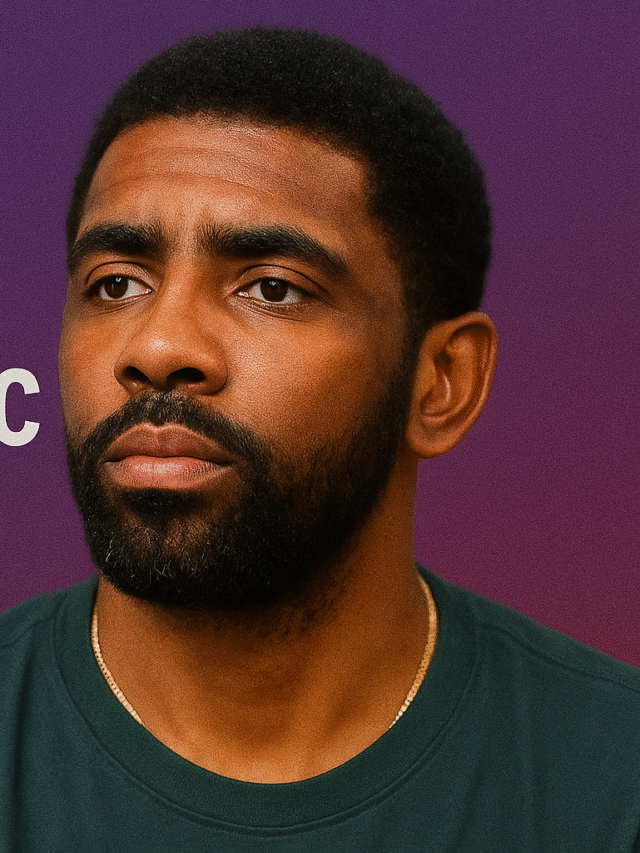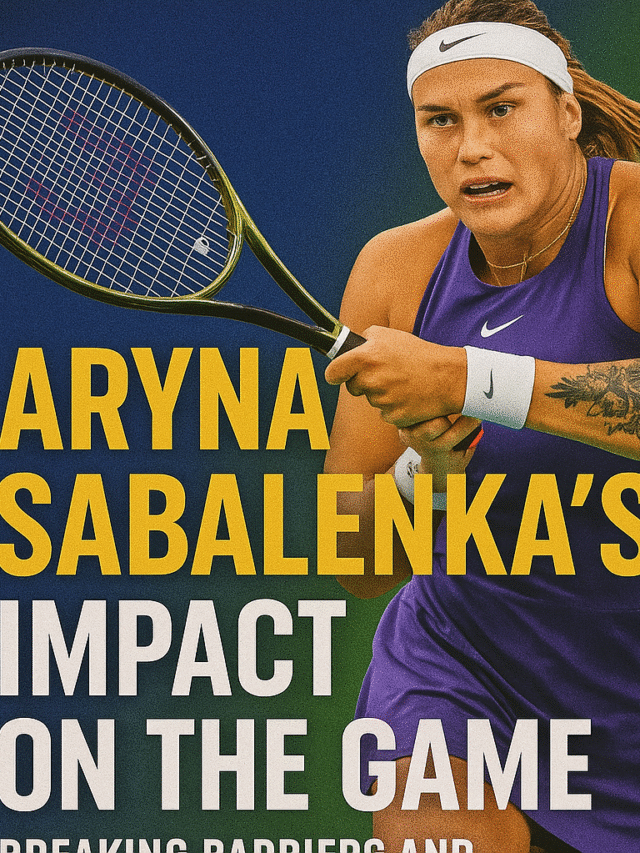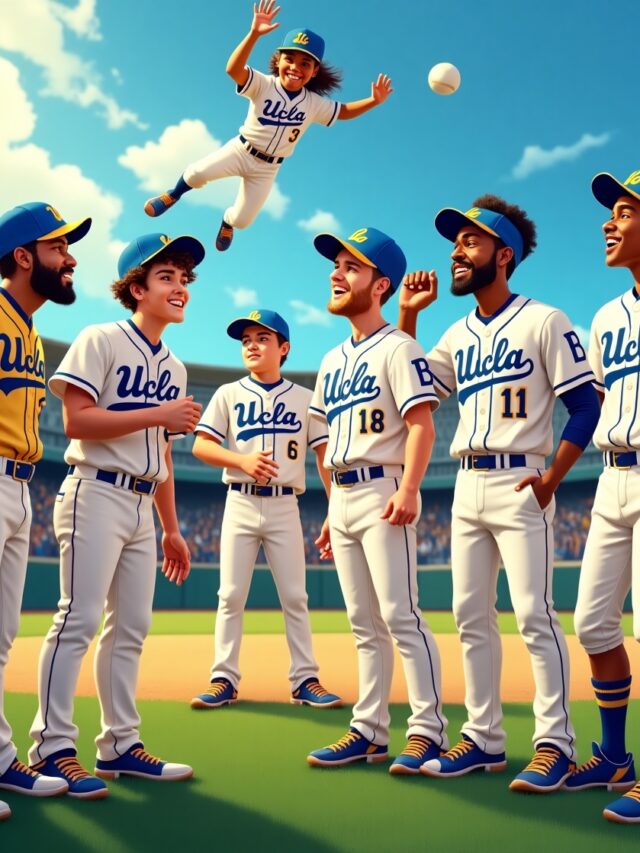Brandon Nakashima Flashscore: A First-Hand Account of His Journey
The hum of the crowd, the rhythmic thud of a tennis ball, the palpable tension of a tiebreak—these are the sounds that have defined my years as a sports journalist. My name is Mohit, and for much of my career, I’ve had the privilege of a courtside seat to witness history unfold. I’ve followed rising stars from their first tentative steps on the professional tour to their moments of glory on the world’s biggest stages. One such journey that has captivated me, and many of you, is that of Brandon Nakashima.
There’s a quiet intensity to the San Diego native, a focus that feels older than his years. It’s something you can’t fully grasp through a screen. You have to be there, in the stadium, to feel the energy shift when he walks onto the court. This isn’t just another story about a talented American player; it’s a first-hand account of his evolution, the crucial moments I witnessed, and how tools like Flashscore have become indispensable for fans and journalists alike to track this incredible ascent.
I remember the early whispers about a young player from Southern California with a rock-solid backhand and an unflappable temperament. My assignments often took me to Challenger Tour events, the breeding grounds for the next generation of tennis elite. It was there, away from the grandstands of the majors, that I first saw Nakashima play. The raw talent was obvious, but what struck me more was his composure. He played with a strategic maturity that belied his age, constructing points with the patience of a seasoned veteran.
This article is my personal reflection on that journey. I’ll take you through the key matches I reported on, the behind-the-scenes observations, and the data-driven narrative that paints a complete picture of his career. We’ll explore his biggest wins, his toughest losses, and how his game has developed under the bright lights of the ATP Tour.

The Challenger Circuit: Forging a Champion
Before the glamour of the ATP Tour, there is the grind of the Challenger Tour. These tournaments are played in smaller venues, with smaller crowds, but the stakes are immense. This is where players fight for the ranking points needed to enter the main draw of bigger events. For a journalist, it’s a goldmine. You get unparalleled access and can observe a player’s raw, unfiltered game.
I was in Cary, North Carolina, on a humid afternoon when Nakashima was locked in a grueling three-set battle. The crowd was sparse, mostly composed of local tennis enthusiasts and a few player families. What I saw that day was pure determination. His opponent was a fiery, experienced player who used every trick in the book to disrupt Nakashima’s rhythm. Yet, Brandon remained a portrait of calm. He’d towel off, take a deep breath, and execute his next serve as if he were just starting the match.
He won that day, not with overwhelming power, but with relentless consistency and mental fortitude.
.After the match, I saw him with his team, not celebrating wildly, but dissecting the match point by point. This analytical approach, this constant desire to learn and improve, is a hallmark of his character. It was clear he wasn’t just playing for the win; he was building a foundation for a long and successful career. During these formative years, keeping up with his progress across different continents and time zones was a challenge. That’s where a comprehensive platform becomes vital. Following the Brandon Nakashima Flashscore page was like having a digital assistant, providing instant updates on his wins and losses as he climbed the rankings ladder.
Breaking Through: The Arrival on the ATP Tour
The transition from the Challenger circuit to the main ATP Tour is one of the toughest hurdles in professional tennis. The level of competition, the speed of the game, and the external pressures all amplify significantly. Many promising talents falter at this stage. Not Nakashima.
I was in the press box at the 2021 Atlanta Open, and the buzz was all about the young American. He had reached his first ATP final the week before in Los Cabos and was now in another final. His opponent was the towering John Isner, a player known for one of the most devastating serves in the history of the sport. The atmosphere was electric. The home crowd was vocally behind Isner, creating an intimidating environment for a younger player.
From my vantage point, I watched Nakashima closely during the warm-up. There were no signs of nerves. He looked focused, almost serene. He lost that final in two tight sets, both decided by tiebreaks. But in defeat, he won something far more valuable: respect. He stood toe-to-toe with a veteran powerhouse and didn’t blink. He showed the world he belonged.
In the post-match press conference, I asked him about facing Isner’s serve. He didn’t talk about the pressure. Instead, he broke it down technically. He spoke about watching the ball toss, looking for tells, and adjusting his return position. It was the answer of a student of the game. That loss in Atlanta wasn’t an ending; it was a proclamation. Brandon Nakashima had arrived. The data backed it up, too. His stats for the year showed a remarkable improvement in first-serve points won and break points saved, metrics that are crucial for success at the highest level.
The San Diego Homecoming and Next Gen Triumph
Of all the matches I’ve covered, few have felt as personal and poignant as the 2022 San Diego Open. This was a homecoming. Nakashima, the kid who grew up honing his game on these very Southern California courts, was playing for a title in front of his friends, family, and local community. The pressure of playing at home can be crushing, but for Brandon, it seemed to fuel him.
I walked around the grounds of the Barnes Tennis Center before the final. You could feel the local pride. Fans were wearing “Nakashima” shirts, and his name was on everyone’s lips. He was no longer just a promising American player; he was their player. The final against fellow American Marcos Giron was a masterclass in composed, aggressive tennis. Nakashima’s backhand, his signature shot, was on fire. He hit it with depth and precision, controlling the rallies and forcing Giron into uncomfortable positions.
When he hit the final winner, the roar from the crowd was deafening. It was more than just a victory; it was a full-circle moment. The young boy who dreamed of being a pro had become a champion in his own backyard. The emotional release was visible. He dropped his racquet and looked towards his player box, a wide smile finally breaking through his trademark stoicism. Capturing that moment, the raw emotion of a dream realized, is why I do this job. For those who couldn’t be there, the instant notification from the Brandon Nakashima Flashscore service announced his first ATP title to the world, a significant milestone in his burgeoning career.
Just a few months later, I found myself in Milan, Italy, for the Next Gen ATP Finals. This tournament is a showcase for the top eight players aged 21 and under, a glimpse into the future of men’s tennis. The format is different—shorter sets, no-ad scoring—designed to create fast-paced, high-stakes drama. Nakashima entered as the fourth seed, and from his very first match, he played with the authority of a favorite.
Throughout the week, his consistency was the deciding factor. While other young players were prone to bouts of inconsistency, Nakashima was a machine.
His serve was precise, his groundstrokes were clean, and his court coverage was exceptional. He methodically dismantled one opponent after another.
In the final, he faced the talented Czech player, Jiří Lehečka. Nakashima was simply flawless. He won in straight sets, capping an undefeated week and cementing his status as the best of his generation. Winning the Next Gen Finals is a significant predictor of future success. Past champions include Carlos Alcaraz and Jannik Sinner, who have both gone on to become Grand Slam champions. Witnessing Nakashima lift that trophy, I couldn’t help but feel that I was watching a future top-10 player, if not more.

Analyzing the Game: The Data Behind the Dominance
As a journalist, eyewitness accounts and human stories are vital, but you also need to look at the numbers. Data provides the objective backbone to any narrative. When you analyze Nakashima’s game, his strengths become crystal clear. His game is built on a foundation of an exceptional two-handed backhand and a remarkably reliable serve.
The backhand is his weapon. He can hit it flat and deep to dictate play, or he can generate incredible angles to pull his opponents off the court. From my courtside perspective, the sound of his backhand is different—a clean, piercing “thwack” that signals he is in control of the point. Statistics show that his backhand-down-the-line is one of his most effective shots, often producing clean winners or forcing errors.
His serve is perhaps his most underrated asset. It’s not the fastest on tour, but its placement and consistency are world-class. He has an uncanny ability to find the corners of the service box, especially on crucial points. When you track his matches, you’ll notice his first-serve percentage is consistently high, often above 65%. This takes the pressure off his second serve and allows him to play more aggressively in his service games. Keeping a close watch on the Brandon Nakashima Flashscore match statistics during a live game reveals this in real-time. You can see his ace count, first-serve percentage, and break points saved, painting a statistical picture that complements the visual one.
However, no player is without areas for improvement. In the past, Nakashima’s game could sometimes become too passive, especially against the very top echelon of players like Djokovic or Alcaraz. To break into the top 10, developing a more assertive net game and adding more variety with slices and drop shots will be key. From my observations over the last year, this is something he and his team are actively working on. I’ve seen him coming to the net more frequently, looking to finish points early rather than relying solely on baseline battles. This evolution is crucial for his long-term success.
The Mental Game: Nakashima’s Greatest Weapon
If I had to single out one attribute that defines Brandon Nakashima, it’s his mental toughness. In a sport where momentum can swing on a single point, his ability to stay calm under pressure is a superpower. I’ve rarely seen him get rattled. Whether he’s up a set and a break or facing a match point, his demeanor barely changes. This “poker face” is incredibly unnerving for his opponents. They get no emotional feedback, no sign of frustration or panic.
I recall a conversation with a coach from another player’s camp. He told me, “Playing Brandon is mentally exhausting. You feel like you’re hitting against a wall. You throw your best shots at him, and they just keep coming back. You can’t break him down.”
This mental fortitude is not an accident. It’s cultivated. It comes from his personality, yes, but it’s also a product of disciplined training and a strong support system. His team has fostered an environment that prioritizes process over results, which allows him to play with a sense of freedom, even on the biggest stages. This mental resilience is something you can’t quantify with a simple statistic, but it’s evident in his tiebreak record and his performance in deciding sets—situations where nerves often play the biggest role.

The Road Ahead: What’s Next for Brandon Nakashima?
At his young age, Brandon Nakashima has already built an impressive career. He’s an ATP titleholder, a Next Gen Finals champion, and a consistent presence at the Grand Slams. But for a player of his talent and work ethic, this is just the beginning. The next major goals are clear: a deep run at a Grand Slam and a breakthrough into the ATP top 15, and eventually, the top 10.
To achieve this, he will need to continue adding layers to his game. As I mentioned, being more aggressive and improving his transition game will be vital against the world’s best. He’ll also need to manage the physical demands of a full ATP season, avoiding the injuries that can derail a promising career.
As a journalist who has followed him from the start, I have no doubt he has the tools and the mindset to achieve these goals. His journey is a testament to the power of dedication, discipline, and a quiet, unshakeable belief in oneself.
For fans, following this next chapter is easier than ever. In the past, you’d have to scour different websites to piece together a player’s schedule and results. Now, a quick search for Brandon Nakashima Flashscore gives you everything you need in one place: his upcoming matches, live point-by-point updates, head-to-head records against opponents, and a detailed history of his results. It’s an invaluable resource that helps us all stay connected to his journey, whether we’re in the stands or following from thousands of miles away.
I’ll be there, courtside, for as many of his future matches as I can, notebook in hand, ready to document the next chapter. The story of Brandon Nakashima is far from over. And I, for one, can’t wait to see how it unfolds. The quiet kid from San Diego has a very loud future ahead of him.










